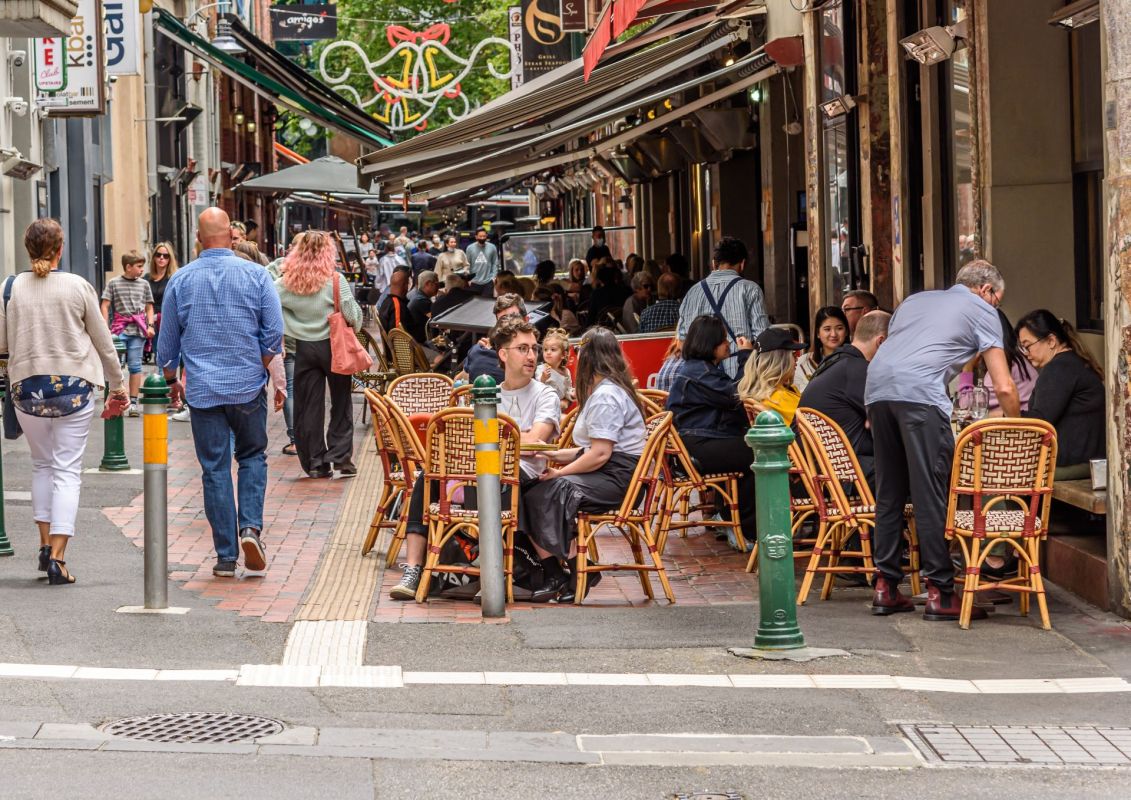Paris is known worldwide by many nicknames: the city of light, the city of love, and — with the changes being made around the French capital — it may soon be known as the city of no cars.
How is Paris banning cars?
Paris has been cutting down on cars since the '90s, but when Mayor Anne Hidalgo took office in 2014, the drive away from cars accelerated significantly. Under Hidalgo's leadership, almost 250 miles of bicycle lanes have been added in the city.
The mayor has also led the efforts to permanently close down sections of major highways to make space for pedestrian-friendly areas. Other roads have had some traffic lanes transition to bike paths.
The city has repurposed thousands of parking spaces for other uses and has dramatically increased the price for the remaining spots.
The city has also aggressively adopted the "school street" concept that is finding its way across Europe. Slate Magazine reported that Hidalgo has permanently closed streets in front of 168 schools, creating a car-free zone for kids walking to school.
Why is Paris banning cars?
In the '60s and '70s, Paris transformed from the "city of light" to the "city of headlights," as it paved highways that cut through some of the most iconic locations in the world.
According to Slate, Hidalgo and her deputies believe motor vehicles are central to many of the city's problems: frequent smog days, lack of green space, heat waves, noise pollution, and geographic inequities.
In 2016, Paris was dealing with the worst pollution in over a decade, and last year was the hottest year ever recorded in France.
"Our cities are going to be harder and harder to live in with these repeat heat waves," deputy mayor of transportation and public space Christophe Najdovski told Slate. "And if they're going to stay livable, you've got to be able to find refreshing green space near your house.
"If we want to plant trees in Paris, we don't have a lot of space," said Najdovski. "And if we want space, we're not taking it from the sidewalks. It has to be here, in the street, which was used before by cars."
TCD Picks » Quince Spotlight
💡These best-sellers from Quince deliver affordable, sustainable luxury for all
How is banning cars helping?
Hidalgo's plan is to remove the motor vehicle infrastructure that has choked the capital city for the past 60 years. Cutting back on the use of personal motor vehicles will help clear the city of its smog problem, and replacing pavement with parks will help cool the city.
Slate reported that between 2001 and 2018, the use of cars within Paris dropped by almost 60%. During that time, car crashes fell by 30%, while pollution also decreased. According to the United Nations, heat-trapping gases were reduced by 25% between 2004 and 2018.
Closing streets around schools has made them safer and cleaner for kids. Instead of noisy, air-polluting cars surrounding schools, kids and teachers are using the roads. Cleaner air has even been linked to higher test scores from students.
Getting people out of their cars and traveling by foot or bicycle has drastically changed Parisian daily life for the better as the city continues to divest from its formerly car-centric ways.
Join our free newsletter for cool news and actionable info that makes it easy to help yourself while helping the planet.













